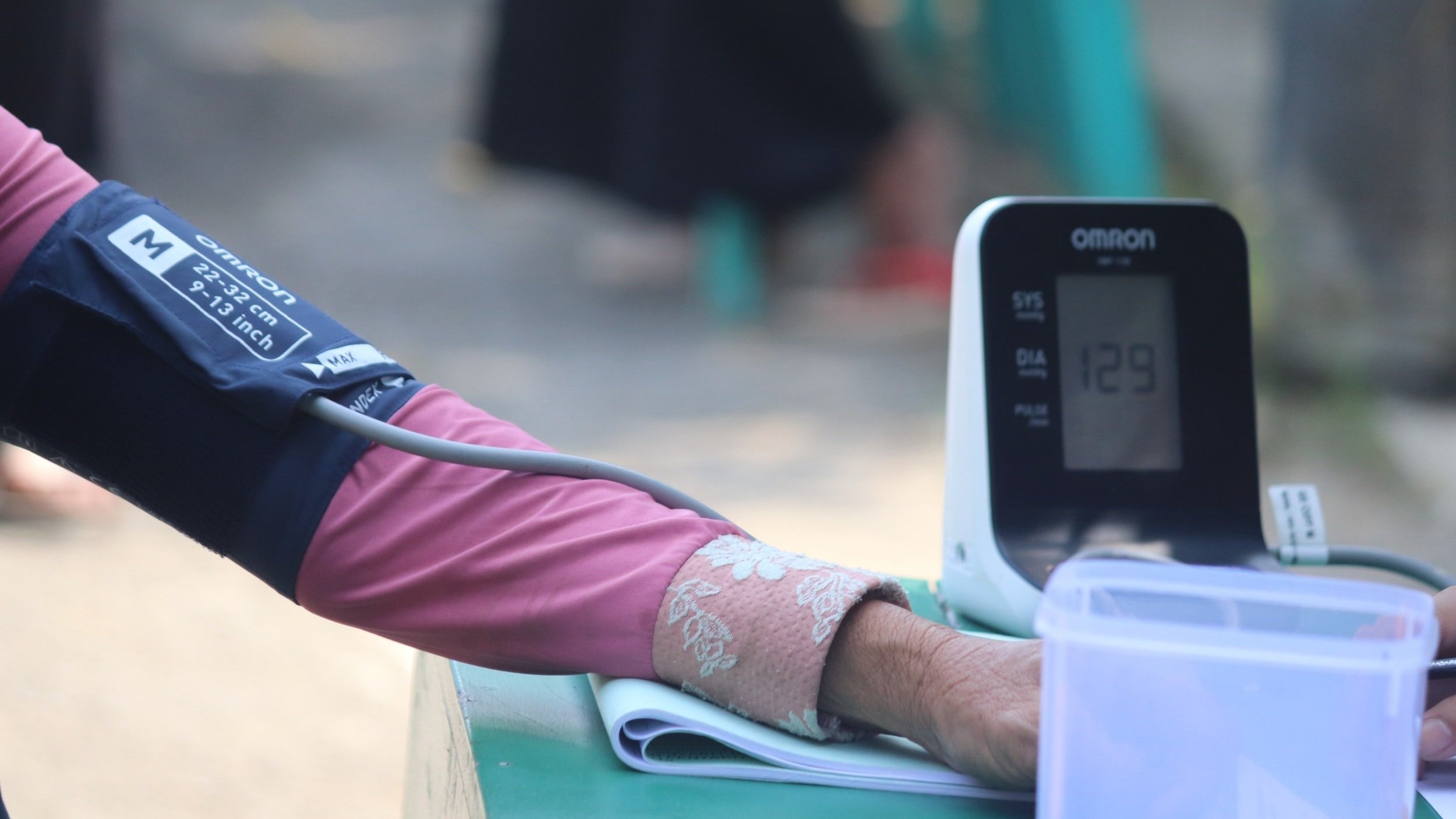
High Blood Pressure and Effective Methods of Managing It
By Kathryn Saxton – June 23, 2022
There’s a silent killer in America, and it's claiming more and more victims each day. Nearly half of all American adults suffer from hypertension, or high blood pressure. Of these individuals, only about a quarter of them have their condition under control, which is worrying as hypertension can be life-threatening, leading to a variety of conditions such as stroke, heart attack, kidney failure, or sexual dysfunction. Understanding what high blood pressure is and the steps that can be taken to manage the disease is crucial for preventing more lives from being lost.
When an individual suffers from high blood pressure, an excess of force is exerted on the walls of their arteries. This damages the vessels and can even cause tears, which can accumulate low-density lipoprotein (LDL) cholesterol, blocking the arteries and possibly leading to heart attack, stroke and peripheral artery disease. As a result, the cardiac system has to work even harder to overcome the narrowed arteries, exacerbating the problem even more. Unfortunately, many people do not even realize they have high blood pressure as there are often no symptoms until it is too late. Thus, regular blood pressure readings can be beneficial for the early detection of the disease.
Blood pressure is typically measured using a cuff around the bicep. The cuff inflates, stopping the blood from traveling down the arm. When the cuff deflates, blood flow is restored and can be measured. Two readings are taken: the systolic and diastolic pressure, both of which are measured in millimeters of mercury (mmHg). The systolic pressure is associated with the pressure exerted when the heart pumps and the diastolic pressure is a measure of the pressure between heartbeats. When blood pressure is displayed in fraction form, systolic pressure is placed over diastolic pressure.
There are a variety of classifications for blood pressure. Blood pressure can vary with age, but the American Heart Association generally defines normal blood pressure as a systolic reading less than 120mmHg and a diastolic reading less than 80mmHg. If the systolic blood pressure is instead between 120 and 129mmHg, this would be considered an elevated blood pressure. People who fall in this category should begin to take steps to get their blood pressure under control before it increases even more. The blood pressure ranges for the three other categorizations (hypertension stage 1, hypertension stage 2, and hypertensive crisis) can be seen in the table below. Individuals in the two hypertension groups may be recommended to start taking medication in addition to making lifestyle changes.
https://www.heart.org/en/health-topics/high-blood-pressure/understanding-blood-pressure-readings
While hypertension can not generally be completely cured, there are a variety of methods that can be used to lower the risk of more serious complications.
Firstly, and perhaps most importantly, individuals can incorporate more exercise into their daily lives, which strengthens the heart and results in less pressure being exerted on arteries. Exercising three to four times per week for about forty minutes at a time is recommended, but it is understandable if this can not be achieved right away. Even just incorporating a small amount of aerobic movement can make a difference.
One of the leading contributors to high blood pressure is stress, so making choices that reduce stress levels can also be beneficial. This can potentially be done by listening to music, meditating, practicing yoga, or sleeping more.
Diet is another factor that can cause high blood pressure. Limiting salt, sugar and processed foods can be helpful, as well as incorporating more protein, potassium and flavonoids. Some organizations recommend taking some supplements such as omega-3 polyunsaturated fatty acids, whey protein, magnesium or L-citrulline. Reducing alcohol and caffeine intake, as well as the frequency of smoking, has also been shown to have a positive effect on blood pressure.
Lastly, there is a plethora of medications that can be prescribed to reduce blood pressure. Different medications have different approaches for accomplishing this, such as reducing heart rate, artery resistance, or sodium content. Individuals can work with their general practitioners or cardiologists to find the best course of action for them, if necessary.
All in all, while hypertension is a very serious condition, there are many effective methods of reducing blood pressure that can drastically improve quality of life and health outcomes. Making regular visits to a general health care provider and discussing any symptoms of high blood pressure is an important first step in the journey for a healthy heart.

